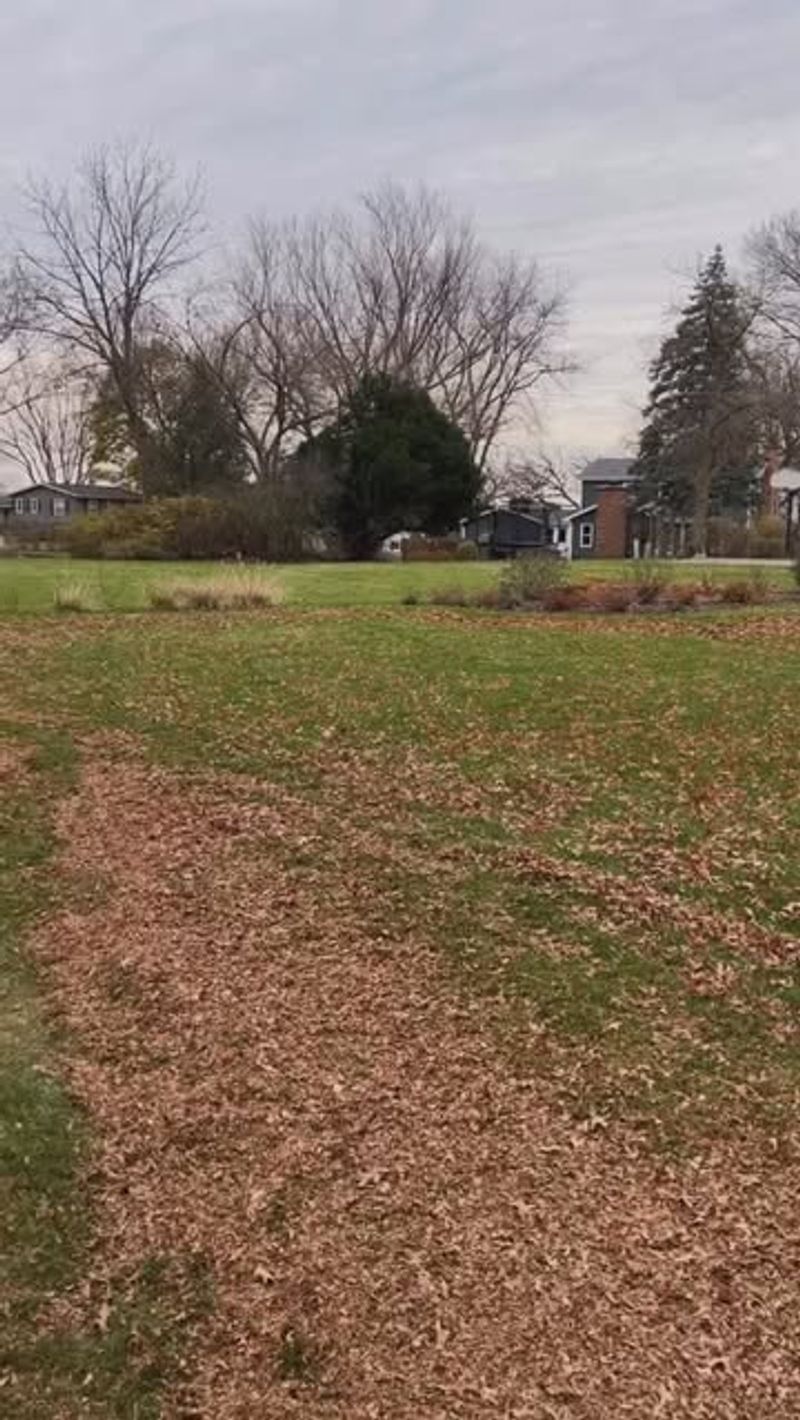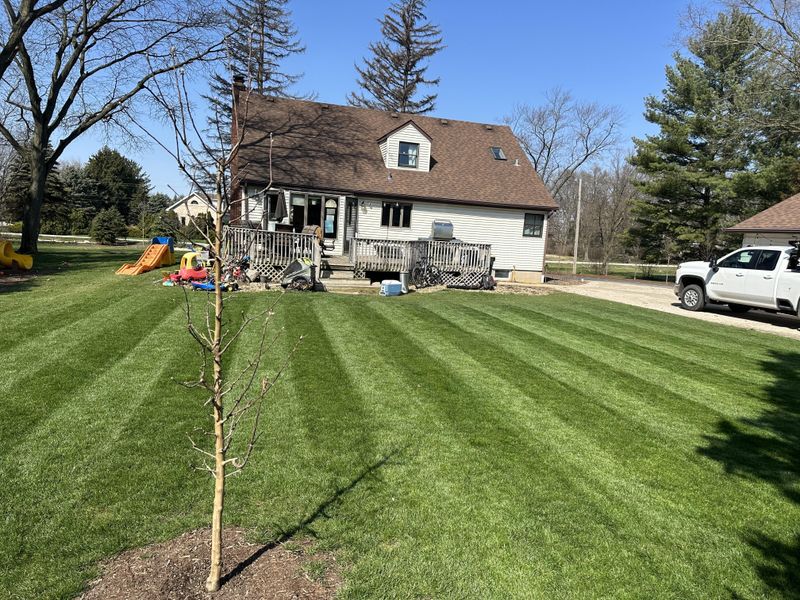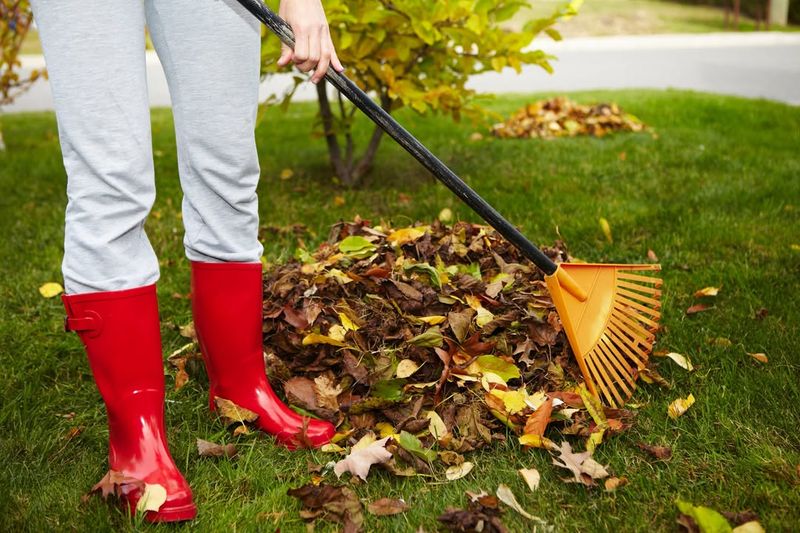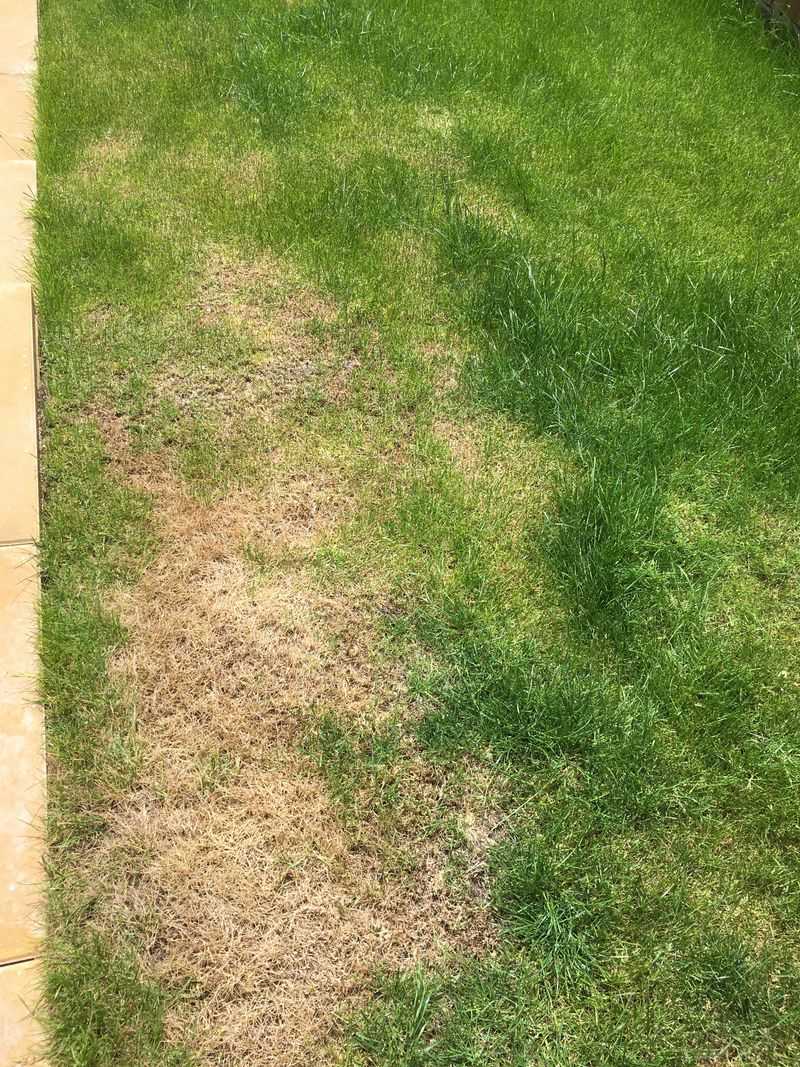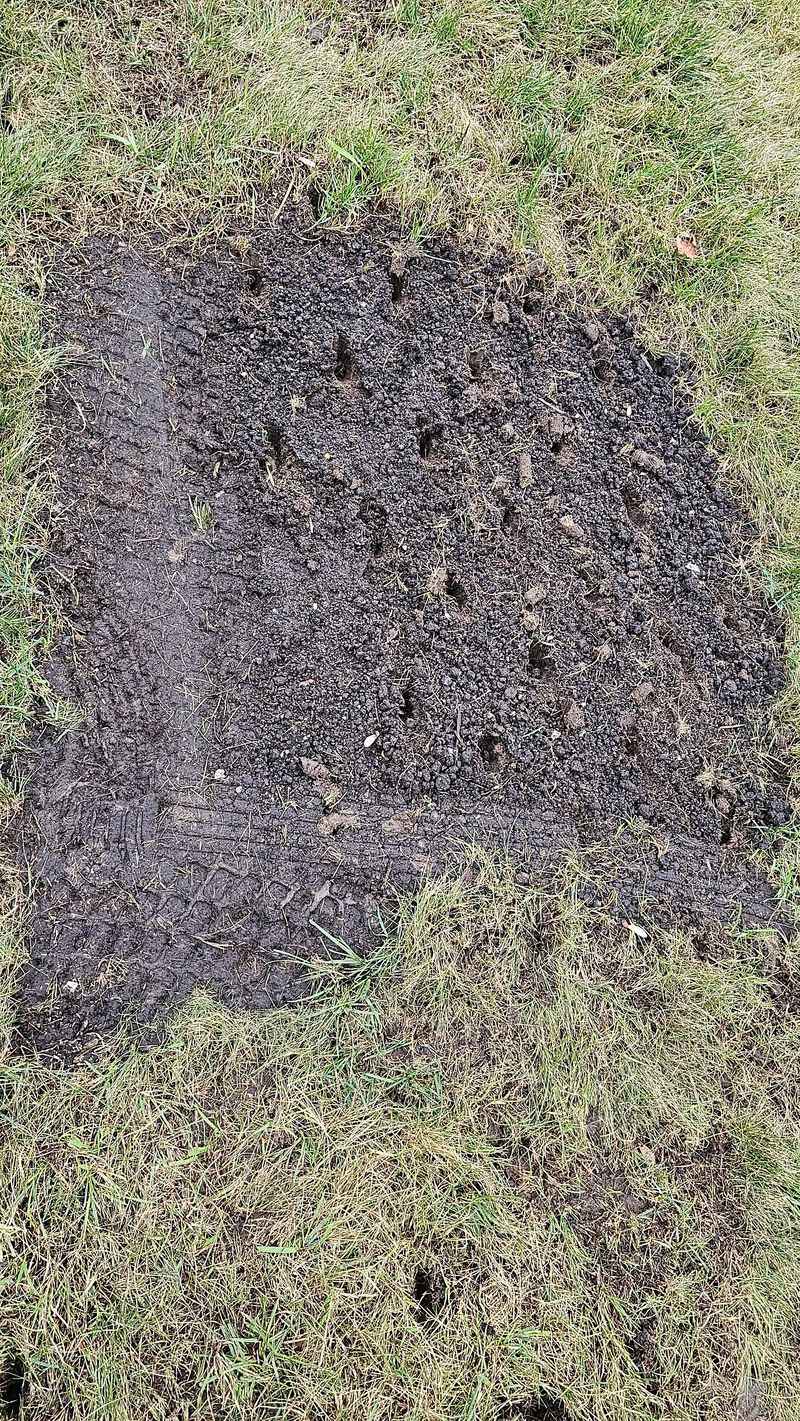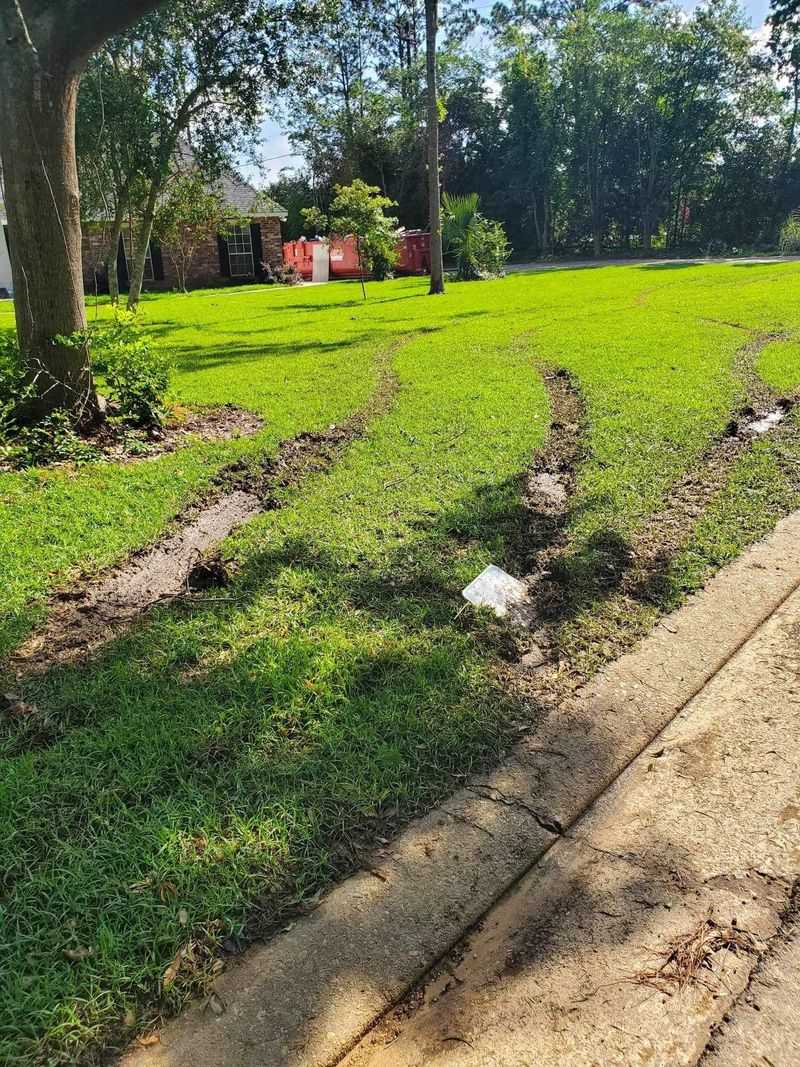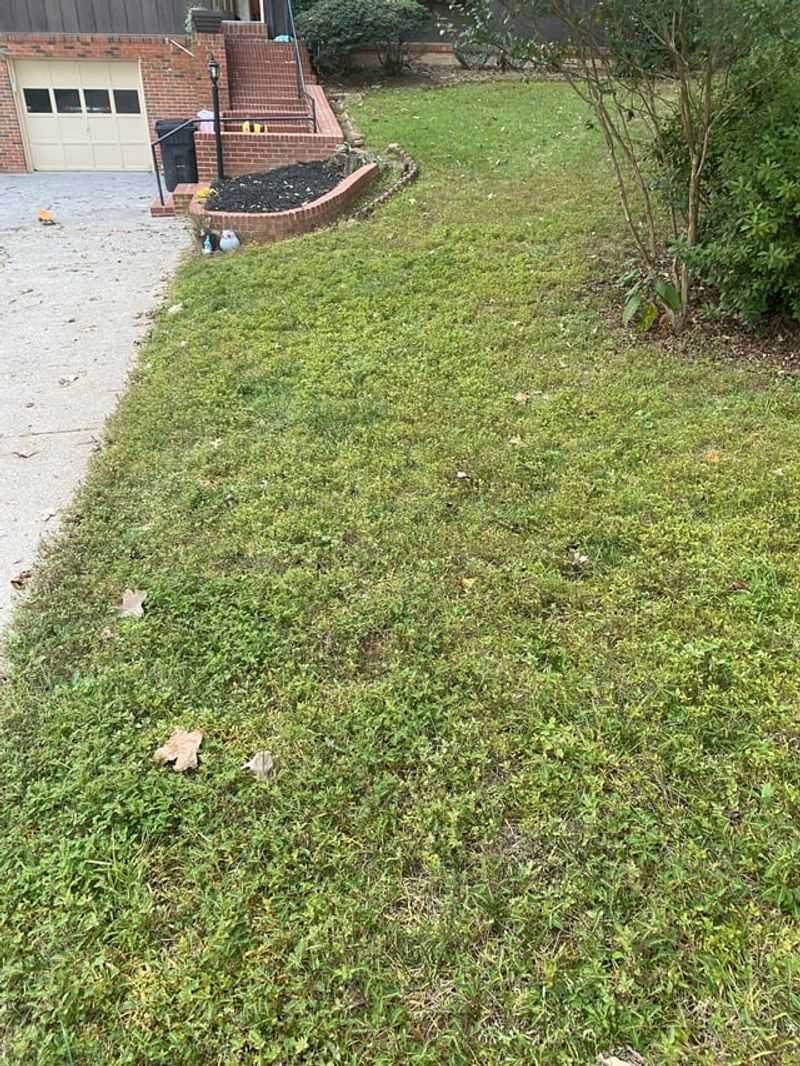Fall is a tricky season for South Dakota lawns, and it’s easy to slip up without realizing it. I’ve made a few of these mistakes myself before learning better techniques.
Simple tweaks can save your grass from winter damage. Fixing these errors now gives your lawn a healthy start in spring.
1. Cutting Grass Too Short Before Winter
Scalping your lawn might seem like a time-saver, but it actually weakens grass roots heading into winter. Blades that are too short cannot produce enough energy through photosynthesis to survive South Dakota’s freezing temperatures.
Keep your grass at about 2.5 to 3 inches tall during your final mowing. This length protects roots from frost damage while preventing snow mold from developing under heavy snowfall.
Taller grass also helps insulate the soil beneath.
2. Forgetting to Fertilize in Autumn
Your lawn needs nutrients before winter arrives, yet many people skip this crucial step entirely. Fall fertilization helps grass store energy in its roots, which makes it stronger and more resilient when spring returns.
South Dakota lawns benefit most from a slow-release fertilizer applied in late September or early October. This timing allows grass to absorb nutrients before the ground freezes solid.
A well-fed lawn recovers faster from winter stress and greens up earlier next year.
3. Leaving Fallen Leaves on the Lawn
Those pretty autumn leaves look nice at first, but leaving them piled on your grass causes serious problems. Thick leaf layers block sunlight and trap moisture, creating perfect conditions for fungal diseases and suffocating your lawn underneath.
Rake or mulch leaves regularly throughout fall in South Dakota to prevent damage. Mulching them with your mower adds organic matter back to the soil.
Just don’t let them sit in heavy piles for weeks at a time.
4. Overwatering as Temperatures Drop
Grass needs less water when temperatures cool down, but some homeowners keep their sprinklers running on the same summer schedule. Excessive moisture in fall encourages fungal growth and root rot, especially as South Dakota nights get colder and dew becomes heavier.
Reduce watering frequency significantly once daytime highs drop below 70 degrees. Your lawn only needs about one inch of water weekly, including rainfall.
Stop watering completely once grass stops growing actively.
5. Ignoring Bare Spots and Thin Areas
Fall is actually the perfect time to fix patchy areas in your lawn, yet many people wait until spring instead. Cool temperatures and adequate moisture in South Dakota create ideal conditions for new grass seed to establish strong roots before winter dormancy begins.
Overseed thin spots in early September for best results. The grass will have time to germinate and develop before hard freezes arrive.
Waiting until spring means competing with weeds and heat stress later.
6. Neglecting to Aerate Compacted Soil
After a summer of foot traffic and activity, your soil becomes packed down and hard. Compacted soil prevents water, air, and nutrients from reaching grass roots, leaving your lawn weak heading into South Dakota’s brutal winter months.
Aerate your lawn in early fall using a core aerator that pulls small plugs of soil. This process loosens compacted dirt and improves drainage significantly.
Your grass will breathe easier and absorb fertilizer more effectively afterward.
7. Parking Vehicles on the Grass
Using your lawn as a parking lot during fall gatherings might seem harmless, but heavy vehicles cause lasting damage. The weight compresses soil severely and crushes grass crowns, creating ruts and dead zones that won’t recover until you reseed next year.
Keep cars and trucks on driveways and streets, especially in South Dakota where moisture makes soil softer. Even a few hours of parking can cause problems.
Protect your investment by keeping heavy objects off the grass entirely.
8. Skipping the Final Mow of the Season
Many South Dakota homeowners put their mowers away too early and let grass grow wild into winter. Long grass blades mat down under snow, creating a perfect environment for snow mold and vole damage that leaves ugly dead patches come spring thaw.
Plan one final mowing in late October or early November, right before the ground freezes. Keep the height around 2 to 2.5 inches for winter protection.
This simple step prevents countless springtime headaches and repair work.


